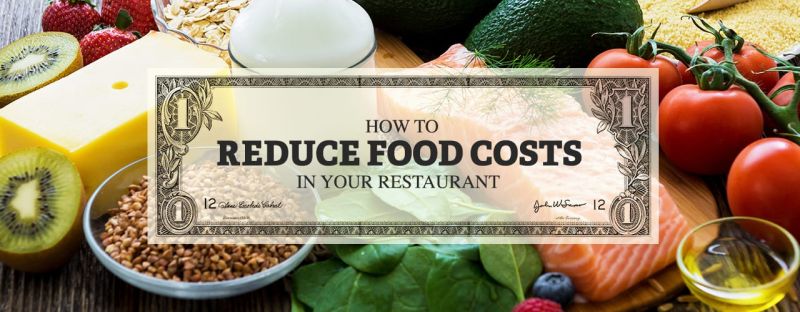

1. Menu Engineering: Analyze your menu and identify high-cost items. Consider adjusting portion sizes, substituting expensive ingredients with more affordable alternatives, or removing low-margin dishes altogether. Focus on offering dishes that use cost-effective ingredients without compromising taste or quality.
2. Inventory Management: Implement a robust inventory management system to keep track of your food supplies. This helps prevent overstocking, spoilage, and waste.
3. Supplier Negotiations: Develop relationships with your suppliers and negotiate better prices for ingredients.
4. Waste Reduction: Minimize food waste through careful portion control, staff training on proper food handling and storage, and implementing effective food rotation practices (FIFO – First In, First Out).
5. Staff Training: Educate kitchen staff on minimizing waste, proper portioning techniques, and efficient food preparation. Please encourage them to suggest ideas for cost-saving measures and involve them in the process of reducing food costs. Additionally, cross-train employees to reduce the need for additional staff.
6. Specials and Promotions: Create daily or weekly specials using ingredients that must be utilized before expiration. This helps to reduce waste and can attract customers looking for unique offerings.
7. Analyze and Track Costs: Regularly review and analyze your food costs using data from your point-of-sale (POS) system or inventory management software. Identify trends, monitor fluctuations, and compare costs over time to spot areas where improvements can be made. This data-driven approach enables you to make informed decisions and take timely action.
8. Energy Efficiency: Implement energy-efficient practices in your kitchen, such as using energy-saving appliances, LED lighting, and optimizing temperature settings. By reducing energy consumption, you can lower utility bills and operational costs.
9. Cross-utilization of Ingredients: Encourage your chefs to find creative ways to use the same ingredients across multiple dishes. By cross-utilizing ingredients, you can reduce waste and maximize the value of your inventory.
10. Portion Control and Plate Presentation: Train your kitchen staff to maintain consistent portion sizes, ensuring that customers receive the appropriate amount of food without excessive waste. Also, could you focus on appealing plate presentation techniques to enhance the perceived value of dishes without increasing portion sizes?
Remember, reducing food costs should not come at the expense of compromising food quality or customer satisfaction. Find the right balance between cost-saving measures and maintaining a high standard of food and service.
Reducing food costs is an important aspect of managing a restaurant business. Here are some strategies you can implement to help reduce food costs: